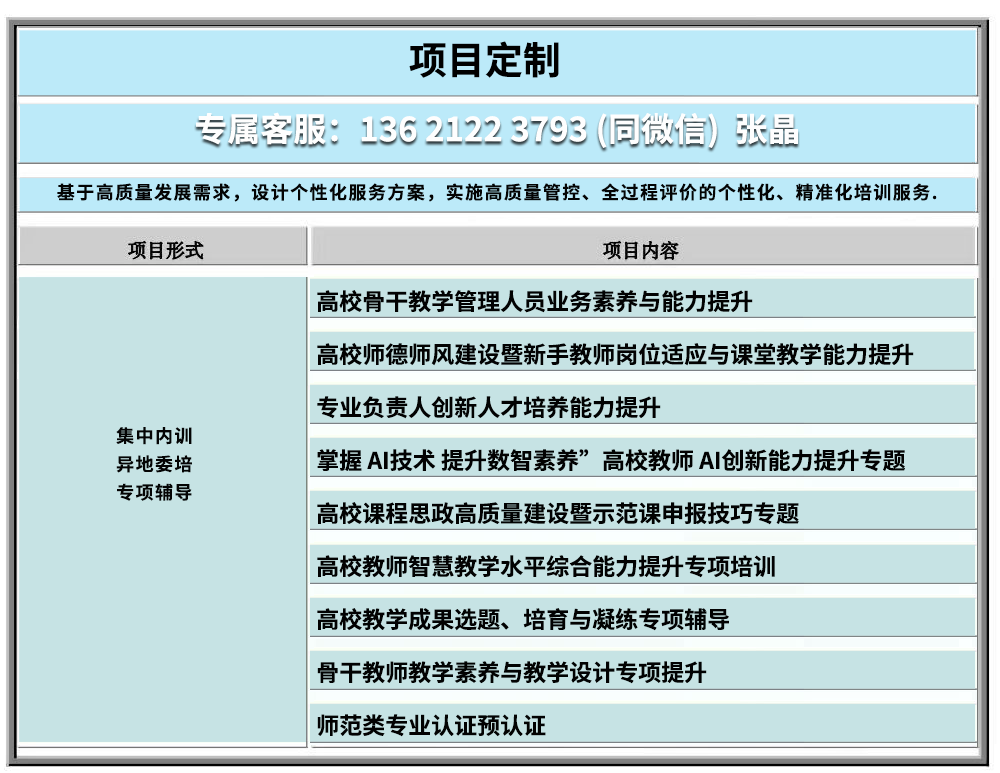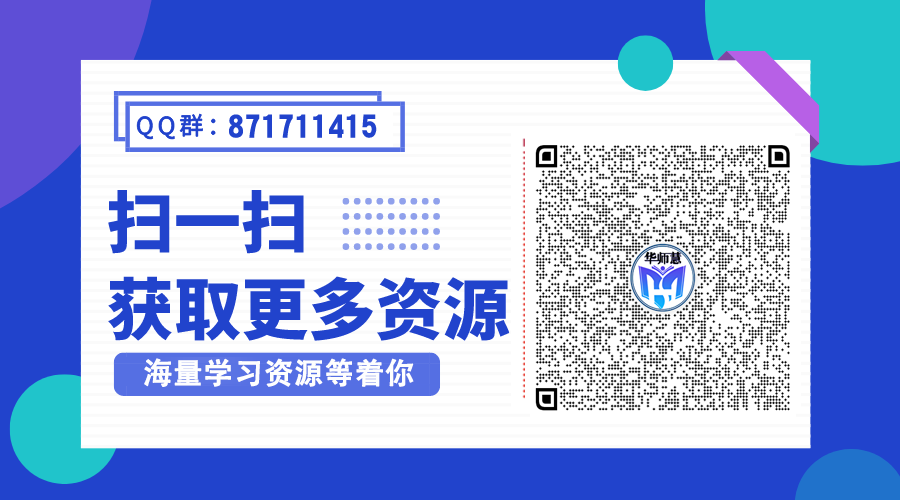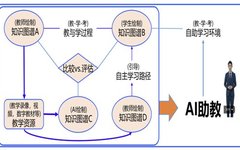With the rapid development of information technology, knowledge graphs, as an emerging knowledge management and teaching assistance tool, are playing an increasingly important role in higher education. This article aims to explore the role of knowledge graphs and how they can assist university teachers in teaching design, summarizing some methods for digital course construction based on knowledge graphs and virtualization technology.
0101
What is a Knowledge Graph
A knowledge graph is a technology that expresses knowledge and its interrelations in a graphical manner. It constructs a complex web-like knowledge structure through nodes and edges in the form of triples. In a knowledge graph, nodes represent knowledge entities, edges represent the relationships between entities, and knowledge is the collection of entities and their connotations. Knowledge graphs not only visualize the knowledge system but also mine, analyze, construct, and display knowledge resources and their interconnections through visualization techniques.
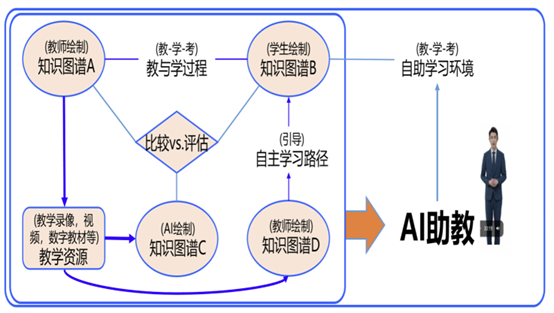
Source: “AI Empowering Teaching and Project Application Advanced Training Class – New Models and Explorations in Curriculum Construction in the New Era”
0101
Basic Components of Knowledge Graphs
Nodes: represent specific knowledge points or concepts.
Edges: indicate the connections or relationships between knowledge points.
Knowledge: consists of concepts and their connotations and relationships.
0202
Visualization of Knowledge Graphs
Knowledge graphs present complex knowledge systems in an intuitive manner through various graphical means such as network diagrams and tree diagrams, making it easier for users to understand and grasp.
0202
The Role of Knowledge Graphs
Knowledge graphs have multiple roles in the field of education, including but not limited to the following aspects:
0101Search Engine Optimization
Knowledge graphs can be used to enhance the intelligence level of search engines, improving user search experience through intelligent recommendations and AI-generated content (AIGC).
0202Integration of Teaching Resources
As a means of integrating teaching resources, knowledge graphs can organize teaching materials such as textbooks, literature, and cases in a knowledge context, making them easier for teachers and students to use.
0303Assistance in Teaching Design
Knowledge graphs help teachers to outline the knowledge context of courses, form teaching ideas, and improve the quality of teaching design.
0404Personalized Learning Paths
Knowledge graphs support the design of personalized learning paths to meet the learning needs of different students.
0303How Knowledge Graphs Assist Teaching Design
The assistance of knowledge graphs in teaching design is mainly reflected in the following aspects:
0101Construction of Course Knowledge System
When constructing a course knowledge system, knowledge graphs serve as a powerful tool to help teachers clarify the knowledge points of the course and their logical relationships. By constructing a knowledge graph, teachers can concretize abstract knowledge points, forming a visual knowledge structure that helps students better understand the course content.
[Case Analysis]
For example, in a “Computer Science and Technology” course, teachers can create a knowledge graph containing core knowledge points such as algorithms, data structures, and operating systems. In this graph, each knowledge point is a node, and the connections between nodes represent their logical relationships. For instance, data structures can be a prerequisite knowledge point for algorithms, while operating systems can support knowledge points in software engineering. In this way, students can clearly see the connections between various knowledge points, allowing them to systematically master the course content.
0202Deep Exploration of Teaching Content
Knowledge graphs can not only help teachers construct course knowledge systems but also promote the deep exploration of teaching content. Through knowledge graphs, teachers can present knowledge points from different angles and levels, enabling students to fully understand and deeply master the knowledge.
[Case Analysis]
For instance, in a “History” course, teachers can use knowledge graphs to connect historical events, figures, cultures, etc. For example, connecting “Renaissance” as the central node to nodes of figures such as “Dante” and “Da Vinci,” as well as concept nodes like “Humanism” and “Scientific Revolution.” This way, students can not only learn the basic facts of the Renaissance but also deeply understand its cultural significance and historical impact.
0303Innovation of Teaching Methods
The application of knowledge graphs can also inspire innovation in teaching methods. Teachers can use knowledge graphs to explore new teaching methods such as case-based teaching and problem-based learning, enhancing the interactivity and effectiveness of teaching.
[Case Analysis]
In an “Economics” course, teachers can create a knowledge graph containing different economic theories, economic models, and actual cases. Using this graph, teachers can design problem-based learning activities, allowing students to solve practical problems by exploring the nodes and connections in the knowledge graph. For example, students can analyze the relationships between different economic theories to explain current economic phenomena or compare different economic models to predict future economic trends. This teaching method not only increases student engagement but also helps them integrate theoretical knowledge with practical problems, enhancing their problem-solving abilities.
04Digital Course Construction Methods Based on Knowledge Graphs and Virtualization Technology
With the development of virtualization technology, digital course construction has become an important direction for innovation in higher education. The methods for constructing digital courses based on knowledge graphs mainly include the following steps:
0101Course Positioning and Value Analysis
In the course positioning and value analysis stage, teachers need to clarify the educational goals, learning outcomes, and expected student capability enhancements of the course. This step is fundamental to ensuring that the course content is closely linked to student needs, discipline development, and the job market.
[Example]
For instance, in a “Modern Biotechnology” course, teachers need to determine that the course aims to cultivate students’ theoretical knowledge of biotechnology and experimental skills. The value of the course lies in emphasizing the applications of biotechnology in medicine, agriculture, and environmental science, as well as cultivating students’ innovative thinking and problem-solving abilities.
0202Knowledge Graph Construction
Constructing a knowledge graph is the process of systematically organizing course content, clearly displaying knowledge points and their interrelations, and providing a structured framework for teaching.
[Example]
In the “Modern Biotechnology” course, teachers can construct a knowledge graph containing key areas such as gene editing, cell culture, and biopharmaceuticals. Each area serves as a main node, further connected to specific technical methods, experimental processes, ethical and legal issues, etc., forming a comprehensive knowledge network.
0303Integration of Teaching Resources
The teaching resource integration stage requires teachers to combine knowledge graphs with various teaching resources to form a rich and diverse repository of teaching materials.
[Example]
For the “Modern Biotechnology” course, teachers can integrate resources including online open courses (MOOCs), interactive simulation experiments, expert interview videos, academic papers, etc. For example, as part of the teaching unit on gene editing technology, teachers can provide simulation software for CRISPR-Cas9 technology, allowing students to perform gene editing operations in a virtual environment.
0404Implementation of Teaching Design
In the teaching design implementation stage, teachers need to develop specific teaching plans and methods based on the knowledge graph to ensure the effectiveness of teaching activities.
[Example]
In the “Modern Biotechnology” course, teachers can design teaching activities based on knowledge graphs, such as case studies, role-playing, experimental operations, etc. For instance, in the biopharmaceutical unit, teachers can arrange for students to explore scientific, ethical, and legal issues in the new drug development process through role-playing activities.
0505Application of Virtualization Technology
The application of virtualization technology can provide students with a more vivid and interactive learning experience, enhancing the appeal and effectiveness of learning.
[Example]
In the “Modern Biotechnology” course, teachers can use virtual reality (VR) technology to create a virtual laboratory, allowing students to learn experimental operations such as cell culture and gene editing in an immersive environment. Through augmented reality (AR) technology, teachers can design interactive teaching materials, such as allowing students to see 3D cell structures or gene sequence animations by scanning images in the teaching materials, thereby deepening their understanding of biotechnology concepts.
Knowledge graphs, as an emerging teaching assistance tool, provide university teachers with a new teaching design concept and method. Through knowledge graphs, teachers can more effectively organize teaching content, innovate teaching methods, and enhance teaching effectiveness. Meanwhile, combined with digital technology, the application of knowledge graphs in digital course construction provides vast space for the innovative development of higher education.
 Source: Internet, copyright belongs to the original author or platform, this account respects originality, and the reprint aims to share. If there are errors in source attribution or infringement of your legitimate rights and interests, please inform us for correction or deletion.
Source: Internet, copyright belongs to the original author or platform, this account respects originality, and the reprint aims to share. If there are errors in source attribution or infringement of your legitimate rights and interests, please inform us for correction or deletion.
Recommended Highlights
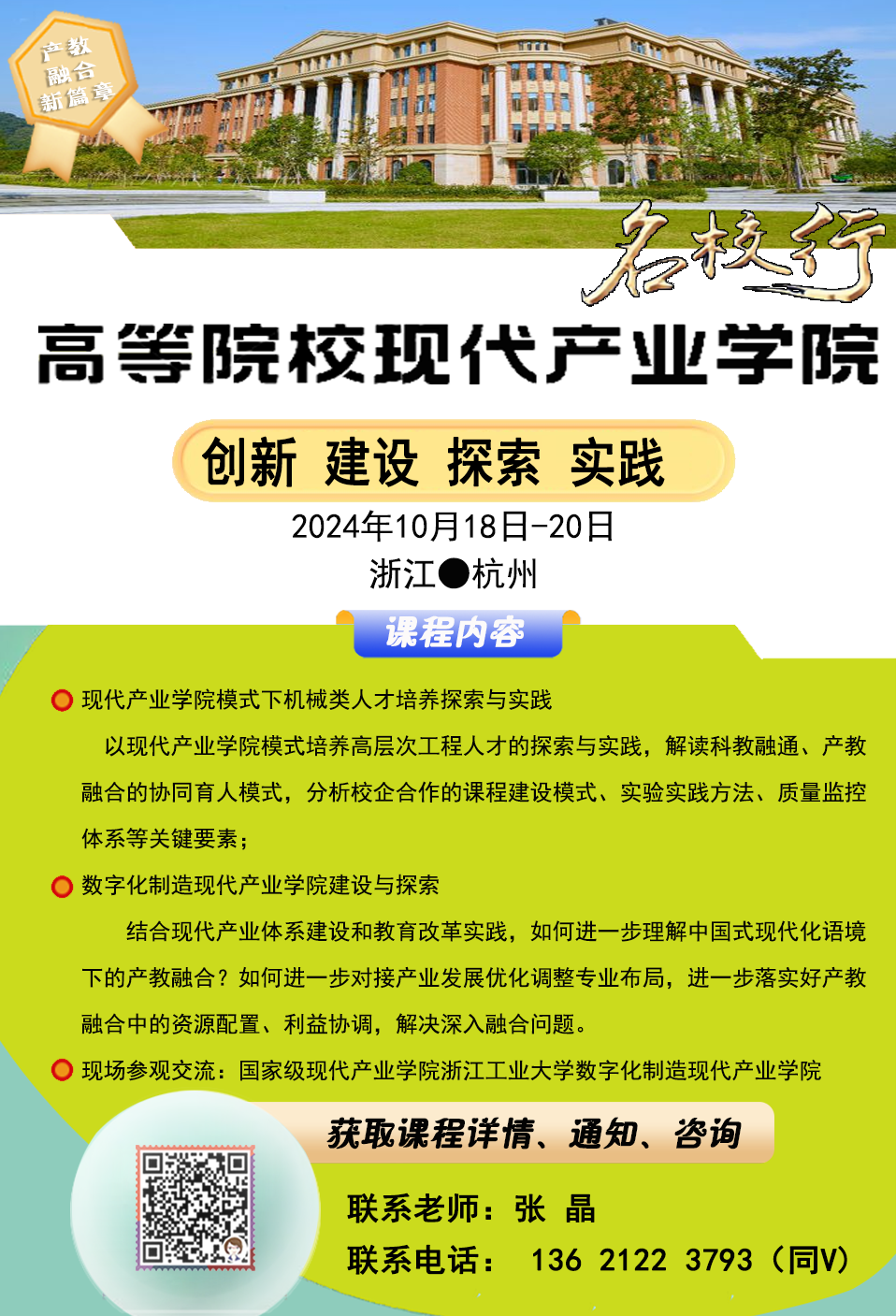
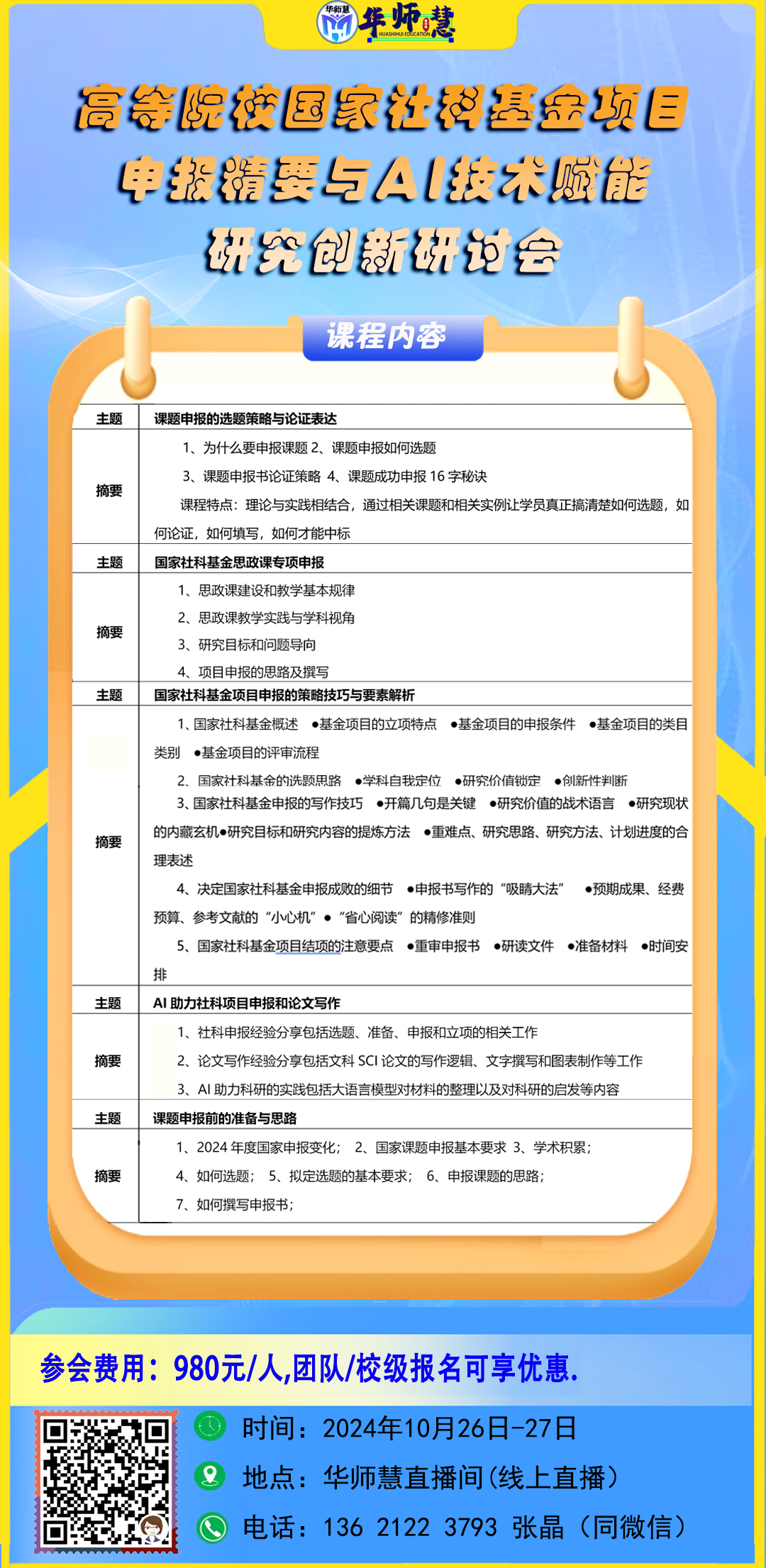
 Course Review
Course Review
▉. Top-level design of modern industrial colleges in higher education, integration of industry and education logic, connotation construction, and practical paths, case sharing topic.pdf
▉. Comprehensive exploration of the construction and writing course scheme of teaching archives in universities.pdf
▉. In the context of the new digital teaching ecosystem – knowledge graphs and AI empowering the construction of first-class courses and the enhancement of teaching model innovation capabilities seminar.pdf
▉. 2023 version of the secondary certification application, mid-term review, rectification work plan for teacher training programs in universities, and preparation for the third-level certification work topic.pdf
▉. Preparing for the teaching innovation competition, listening to 10 renowned teachers’ classrooms, enjoying a feast.pdf
▉. For more valuable courses, please follow the public account to enter the Huashi Wisdom Online platform for more information…
▉.Course Consultation: 13621223793 (WeChat sync) Teacher Zhang Jing
Consultation
